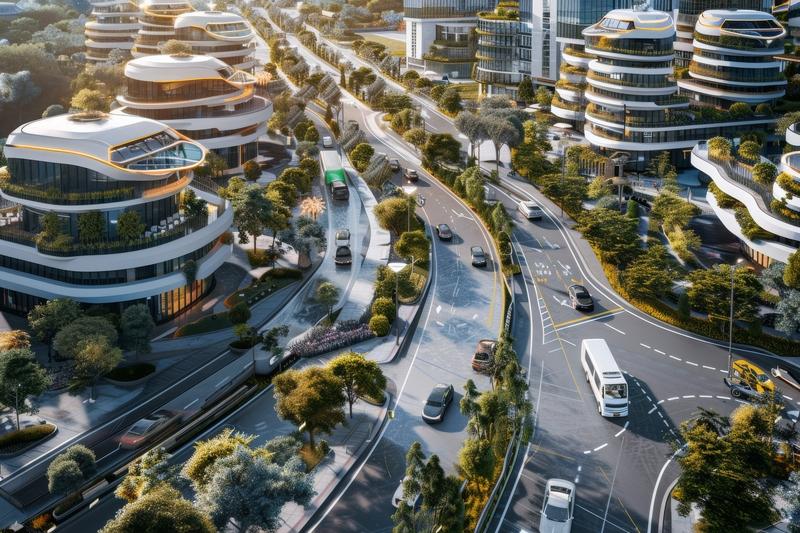
President Obama’s latest budget brings some good news for the transportation and ITS sectors.
President Obama’s proposed 2016 budget could see more progress on many of America’s ingrained transportation problems than has been achieved in some time and includes a six-year $478 billion surface transportation reauthorisation. That is, of course, provided it clears all of the administrative hurdles to become law.
The main thrust of the reauthorisation is to improve the condition of the 65% of major roads in America that are rated lower than ‘good’ and the one in four bridges requiring rehabilitation, significant maintenance or replacement. Not only does this go some way to alleviating the immediate problems facing authorities, but the proposals also include funding for a number of mass transit and rail projects.
Transportation Secretary Anthony Foxx highlighted the $3.2 billion in the budget proposals to progress or complete 25 rail, bus rapid transit and streetcar projects in 13 states. Projects include a bus rapid transit line in Columbus, Ohio and the extension of the light rail service to University City in San Diego, California.
A further 10 projects will share $55 million in competitive grants for non-polluting transit buses to be provided through the
One of the biggest projects will be funded by a $120 million loan to the Chicago Transit Authority for major track upgrades and station improvements to the Blue Line of its ‘L’ rail service between the Downtown Loop and O’Hare International Airport.
The 2016 budget proposes a new category of funding for Accelerated Project Delivery and Development with a budget of $320 million designed to enable projects that become ready for a construction grant prior to the end of the fiscal year to move forward. At least $75 million of these funds would be reserved specifically to help small urban and rural communities implement new bus services with premium features.
A further $351 million is reserved for core capacity improvements and funds are available for fixed guideway projects (both urban rail and bus rapid transit lines) in transit corridors that are already at or above capacity, or are expected to be within five years.
Thomas Kern, ITS America’s interim president and CEO, said: “We applaud the President’s strong commitment to advancing ITS research in the FY 2016 budget, and are looking forward to working with Secretary Foxx, his team, and Members of Congress to continue accelerating the deployment of existing and next-generation technologies to save lives, reduce congestion, and address our nation’s current and future transportation challenges.”
Beyond Traffic
The USDOT describes Beyond Traffic as ‘an invitation to the American public — including the users, developers, owners, and operators of the transportation network and the policy officials who shape it — to have a frank conversation about the shape, size, and condition of that system and how it will meet the needs and goals of our nation for decades to come.’
It added that the draft framework is not prescriptive and does not advocate for specific policy solutions but underscores critical decision points facing the country, by means of data driven analysis, research, expert opinions and public engagement.






